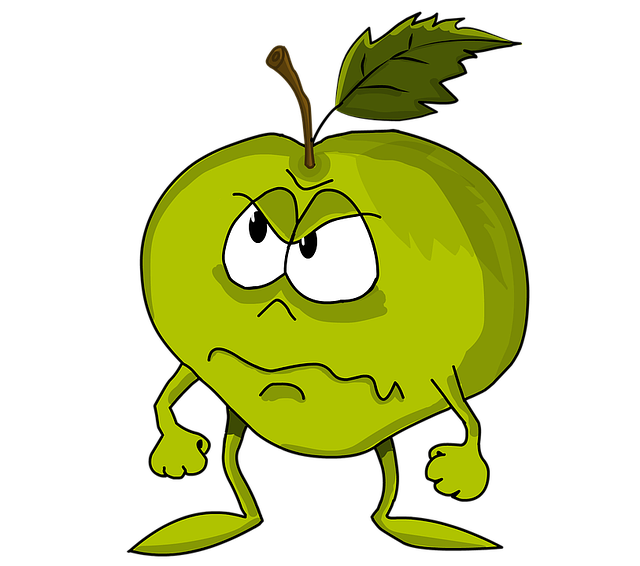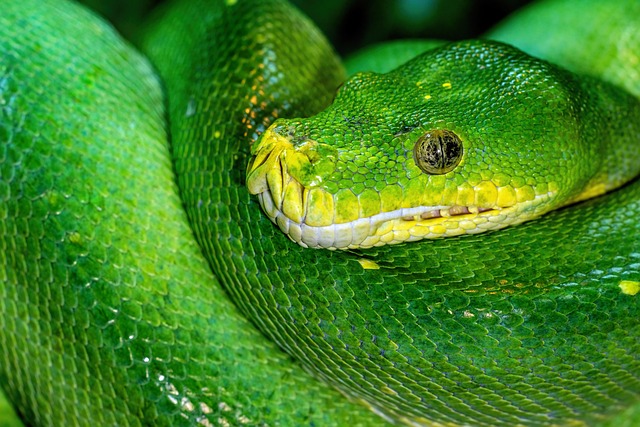Black mold, caused by Aspergillus, poses health risks but tea tree oil, a natural antifungal agent, emerges as one of the best green mold removers due to its antimicrobial properties. Although effective against various fungi, including black mold, its efficacy on established growth requires further study. Tea tree oil is safe, eco-friendly, and can be diluted with carrier oils for application. It's one of many long-term strategies, like regular cleaning and addressing moisture, to prevent black mold growth and maintain a healthy environment.
“Discover the power of nature with tea tree oil, a potent natural antifungal agent in the battle against black mold. This comprehensive guide explores whether this essential oil effectively kills and prevents green mold growth. From understanding the impact of black mold to comparing its efficacy with conventional removers, we delve into safe application techniques and best practices for long-term prevention. Find out why tea tree oil is emerging as one of the best green mold removers in today’s eco-conscious world.”
- Understanding Black Mold and Its Impact
- Tea Tree Oil: A Natural Antifungal Agent
- Scientific Evidence of Tea Tree Oil's Efficacy
- Safe Application Techniques for Tea Tree Oil
- Comparison: Tea Tree Oil vs. Conventional Mold Removers
- Best Practices for Long-Term Mold Prevention
Understanding Black Mold and Its Impact

Black mold, scientifically known as Aspergillus, is a type of fungus that can thrive in damp and humid environments. While it may appear as a harmless green or black patch on walls or surfaces, its impact on human health cannot be understated. Exposure to this mold can lead to various respiratory issues, allergic reactions, and even neurological problems for sensitive individuals. The presence of black mold in homes or buildings is often considered a significant concern, prompting the need for effective and safe removal methods.
Many homeowners turn to natural remedies, including essential oils, as potential green mold removers due to their perceived safety and environmental benefits. Tea tree oil, known for its antimicrobial properties, has gained attention as a possible solution. However, it’s crucial to understand that while tea tree oil may be effective against certain types of bacteria and fungi, its impact on established black mold growth is still being studied, making it just one option among best green mold removers available in the market today.
Tea Tree Oil: A Natural Antifungal Agent

Tea Tree Oil, derived from the leaves of the Melaleuca alternifolia plant, is renowned for its potent antimicrobial properties, making it a powerful natural antifungal agent. Its effectiveness against various fungi has been well-documented, including certain types of black mold that can proliferate in damp environments and pose health risks. This essential oil contains terpinen-4-ol, a compound known for its ability to inhibit fungal growth and even destroy existing fungal spores.
As one of the best green mold removers available, Tea Tree Oil offers a natural solution for eliminating mold without harsh chemicals. Its antifungal properties make it an ideal candidate for treating hard-to-reach areas or surfaces where traditional cleaning methods might struggle. Many people turn to this oil as a safe and eco-friendly alternative for mold removal, especially in sensitive environments like homes and workplaces.
Scientific Evidence of Tea Tree Oil's Efficacy

Tea tree oil, derived from the leaves of the Australian Melaleuca alternifolia plant, has gained attention as a natural remedy for various infections and skin conditions. When it comes to black mold removal, scientific studies have explored its potential as an effective green mold remover. Research suggests that tea tree oil exhibits potent antimicrobial properties, making it a promising alternative to chemical-based cleaners.
Several in vitro (laboratory) experiments have demonstrated tea tree oil’s ability to inhibit the growth of various fungi, including black mold species such as Aspergillus and Penicillium. These studies show that low concentrations of tea tree oil can effectively kill or suppress mold growth. Additionally, field tests and case studies have reported successful outcomes in treating mold-infested areas using tea tree oil-based solutions, highlighting its potential as a safe and eco-friendly best green mold remover.
Safe Application Techniques for Tea Tree Oil

When using tea tree oil as a green mold remover, it’s crucial to employ safe application techniques to ensure effectiveness and avoid potential risks. Always dilute essential oils like tea tree oil with a carrier oil, such as coconut or jojoba, before applying them directly to surfaces. A typical dilution of 1-2% is recommended for most applications. This can be achieved by mixing a few drops of tea tree oil into a cup of water or the chosen carrier oil.
For best results and minimal irritation, use a clean cloth or sponge to apply the diluted solution. Test the mixture on a small, hidden area first to check for any adverse reactions. Avoid breathing in the vapors excessively, as concentrated essential oils can be potent. Keep areas well-ventilated when cleaning, and ensure you follow all safety guidelines for using essential oils around children, pets, and individuals with sensitive skin or respiratory conditions.
Comparison: Tea Tree Oil vs. Conventional Mold Removers

When it comes to tackling black mold, homeowners often seek effective yet safe solutions. A popular natural alternative gaining traction is tea tree oil—a powerful essential oil known for its antimicrobial properties. In this comparison, we explore how tea tree oil stacks up against conventional mold removers, highlighting its potential as a green mold remover.
While traditional mold removal methods rely on harsh chemicals, tea tree oil offers a gentle yet potent approach. It is a natural fungicide, effective in inhibiting the growth of various types of fungi, including mold. Studies have shown that its primary component, terpinen-4-ol, possesses strong anti-fungal activities. Unlike commercial removers, tea tree oil is non-toxic and environmentally friendly, making it a preferred choice for those seeking eco-conscious options. Moreover, its pleasant aroma provides a welcome alternative to the strong chemicals often associated with mold removal products.
Best Practices for Long-Term Mold Prevention

To prevent black mold growth and ensure a healthy environment, adopting long-term strategies is key. Regular cleaning and maintenance are essential practices to keep molds at bay. Start by identifying and addressing any sources of moisture or water leaks immediately, as mold thrives in damp conditions. Ensure proper ventilation in areas prone to high humidity, such as bathrooms and kitchens.
When it comes to green mold removers, natural options like tea tree oil have gained popularity due to their effectiveness and minimal environmental impact. These eco-friendly solutions can be integrated into your cleaning routine. Regularly disinfecting surfaces with diluted tea tree oil or using it in combination with other natural cleaners can inhibit mold growth. Additionally, maintaining a clean and dry environment will significantly reduce the risk of mold returning, making these best green mold removers a smart choice for long-term protection.
